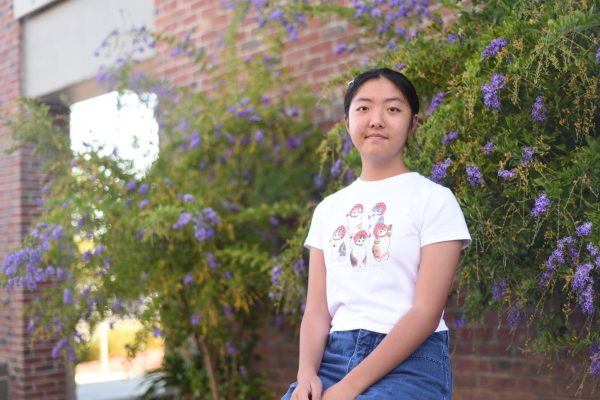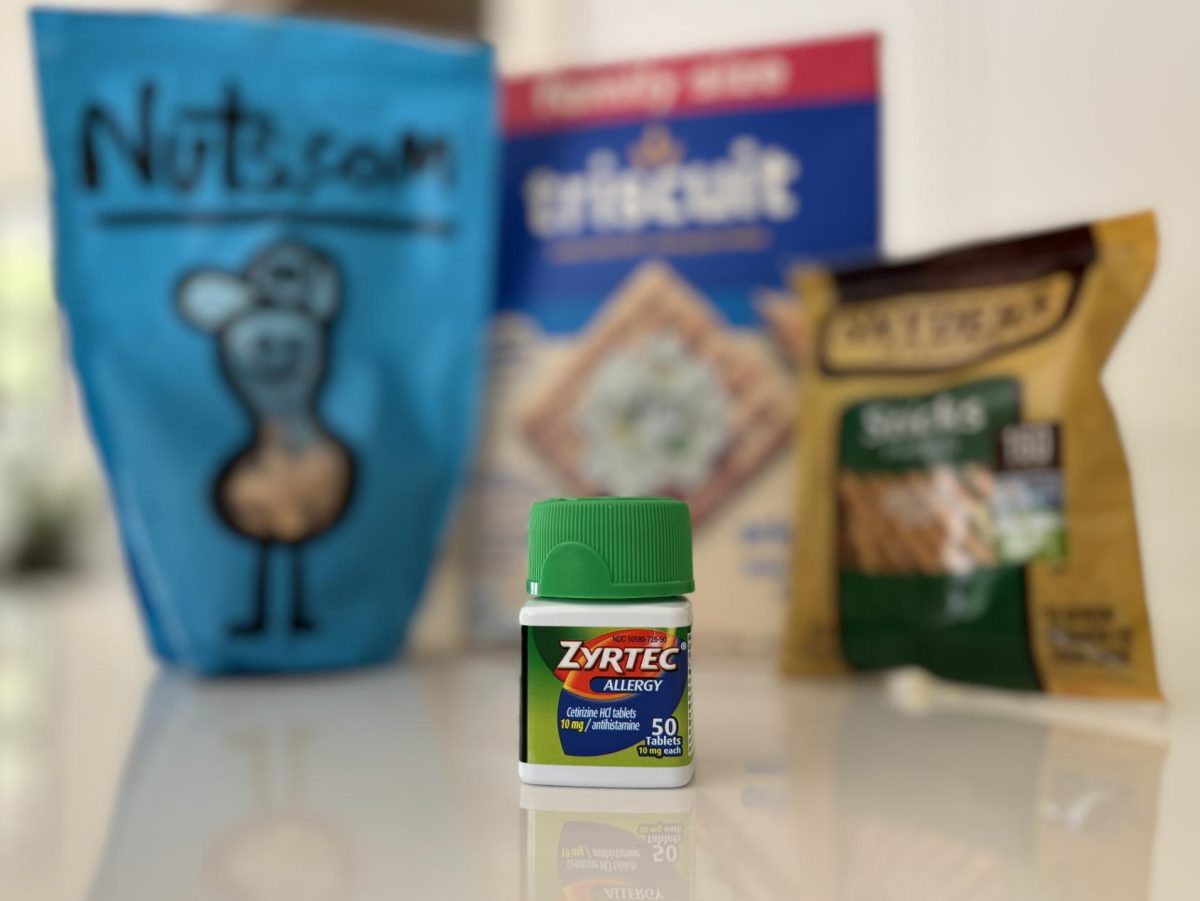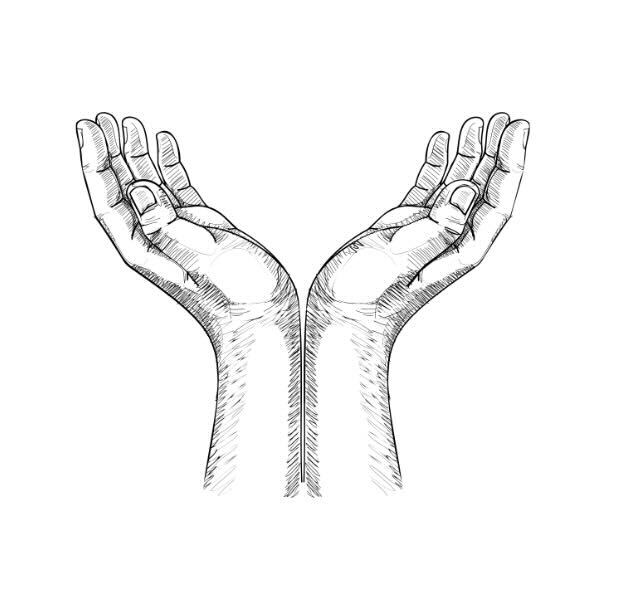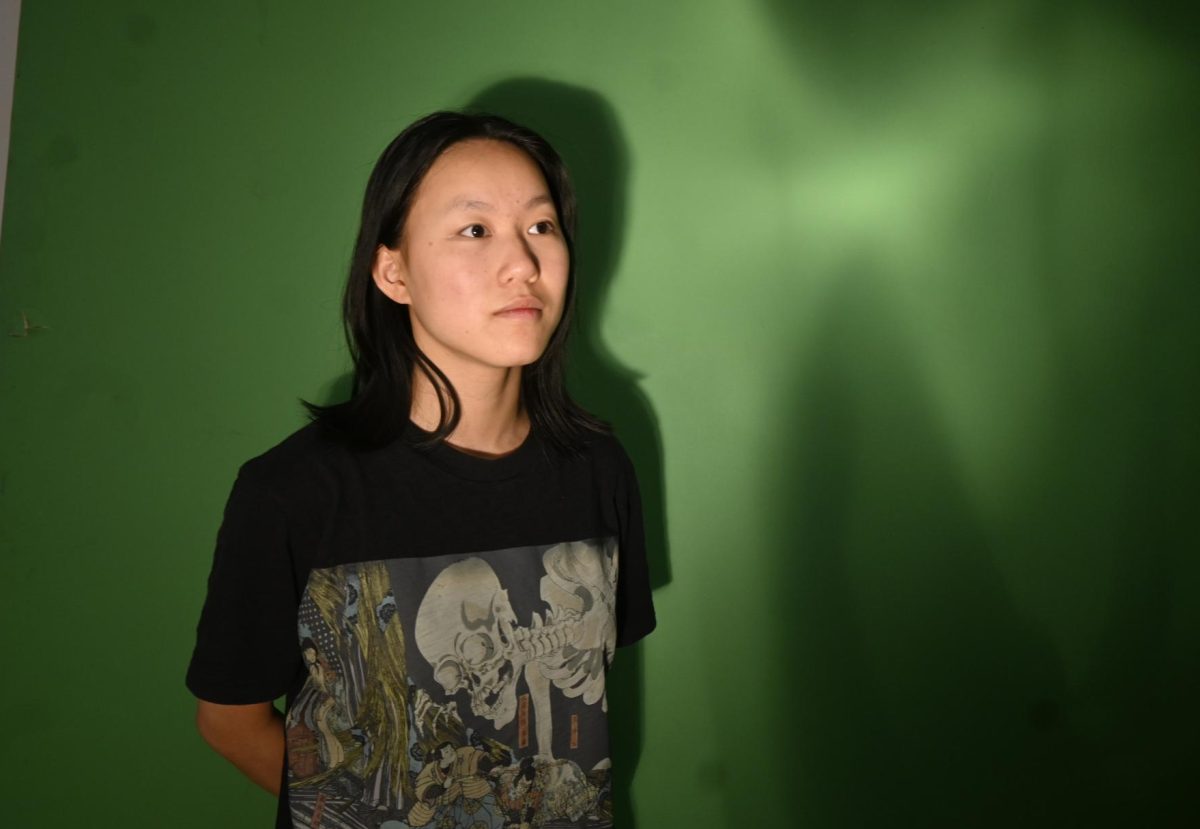There is something irreplaceable about a traditional, in-person art show. Walking into the MV art building classrooms filled with student-created artwork provides a communal and immersive experience. Physical displays allow us to appreciate the details of each piece, such as the brushstrokes of a painting, the textures of a sculpture and the interactions between shadows and light on different surfaces.
However, art exhibitions across the world are slowly shifting toward digital showcases, and while this change makes art more accessible, it also risks stripping away the raw, unfiltered interaction that defines art. Museums offer an atmosphere where art is not merely consumed but experienced. We can browse the web and look at as many images as we want, but they will never be able to replace the sensory experience of the texture of a brushstroke, the sheer scale of a towering sculpture and the ability to move around a piece and see it from different angles. Art museums have always been a way to reflect for FUHSD educator and avid art museum visitor Welton Kwong. To Kwong, the unique space in physical galleries is conducive to fascinating discoveries.
“There’s usually a piece of art that calls me to it, and I have no understanding why,” Kwong said. “I walk past it and I just have to stop and go look at it. Sometimes it might be the subject matter, or sometimes the mood, or its color. It’s almost like it’s whispering to you to come closer and look at it and spend time with it.”
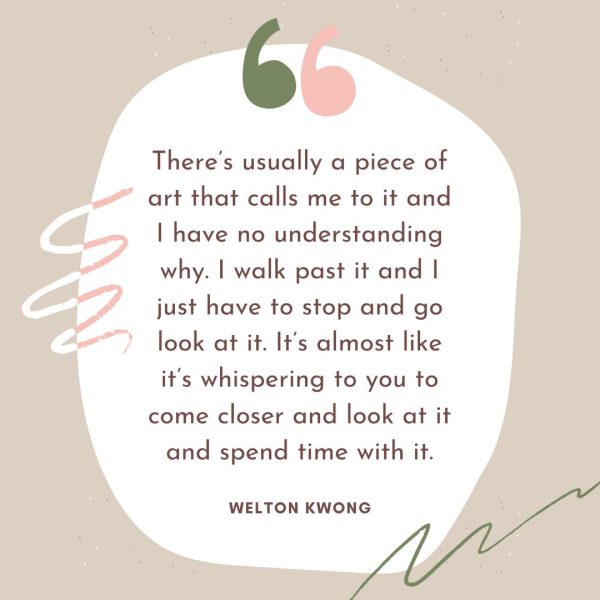
For generations, FUHSD’s annual art showcases held at the District Office in April have been a highlight for student artists – a space where young artists can display their creativity, share their perspectives and receive validation for their hard work. These showcases have traditionally taken the form of physical exhibitions, where paintings, sculptures and mixed-media works line the walls of the buildings and classrooms. However, with the rise of digital platforms and virtual exhibitions, the future of art showcases is bound to change. This shift reflects a broader trend in how people engage with art — over 80% of respondents in a survey conducted by the NEA participated in online arts experiences between 2021 and 2022, whether by watching live streamed performances, listening to arts-related podcasts or exploring virtual galleries.
Many museums have seen a decline in attendance compared to the early 2000s, a sign that people may be engaging with art through screens rather than in person. Some may argue that digital exhibitions offer advantages that physical showcases simply cannot match. For students, online platforms provide accessibility that traditional exhibits often lack, allowing family, friends and even broader audiences to engage with their work regardless of location. Digital showcases also open the door to new forms of artistic expression, such as animation, interactive media and virtual reality experiences that extend beyond the limitations of a physical canvas.
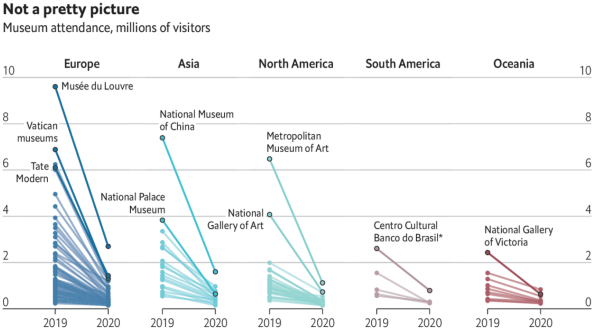
In an increasingly technology-driven world, learning how to present and engage with art online is becoming an essential skill, not just an alternative to traditional exhibitions. But the problem arises when they are viewed as a replacement rather than a supplement to physical exhibitions. The challenge, then, is not whether digital exhibitions should exist, but how to integrate them in ways that complement, rather than replace, the physical experience of art.
Many museums have already begun embracing technology as a tool to enhance, rather than replace, physical spaces. The Museum of Old and New Art (MONA) in Hobart, Tasmania, exemplifies this approach with its app, The O, which allows visitors to access information about artworks as they explore the museum in person. Similarly, The Louvre in Paris offers virtual tours of its collections, making world-famous artworks accessible to audiences who may never step inside the physical museum. Just as major museums are using digital tools to enhance traditional exhibits, the MV Art Department has already started to showcase select artworks online to expand accessibility, engagement and the ways in which student artists present their work. This hybrid approach, which includes both in-person and digital experiences, reflects the department’s commitment to embracing new technologies without losing sight of the importance of physical displays.
Kwong echoes this sentiment, recalling hybrid exhibitions he has attended where traditional paintings were incorporated into digital displays, enhancing the experience without diminishing the physicality of the work.
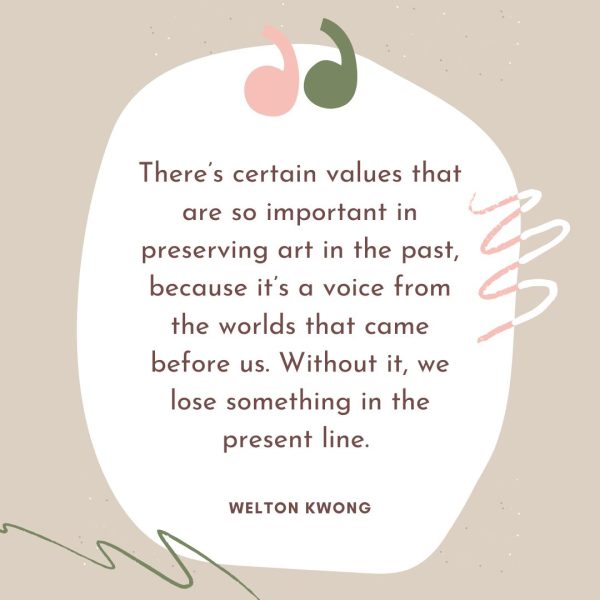
“There’s certain values that I think are so important in preserving art in the past, because it’s a voice from the worlds that came before us,” Kwong said. “Without it, we lose something in the present line. But we can also make space for digital art as well because that is also a way to enjoy art, but just differently.”
While digital platforms offer new ways to experience art, they cannot replace the depth and presence of physical works. Art is not meant to be scrolled past like an Instagram post. It is meant to be lived with, examined and felt. If we allow traditional museums to fade in favor of purely digital experiences, we risk turning art into just another form of passive consumption, stripped of its soul.
The same holds true for students’ art. If our showcases shift entirely to digital formats, young artists may lose the chance to see their work displayed in a tangible space, where viewers can appreciate the texture, scale and presence of each piece. Instead of replacing exhibitions and museums, we should fight to preserve them while also embracing the ways technology can enhance, but not overshadow, the authenticity of seeing art in person. The future of art at Monta Vista should not be a choice between digital and physical — it should be a commitment to keeping the best of both worlds.




